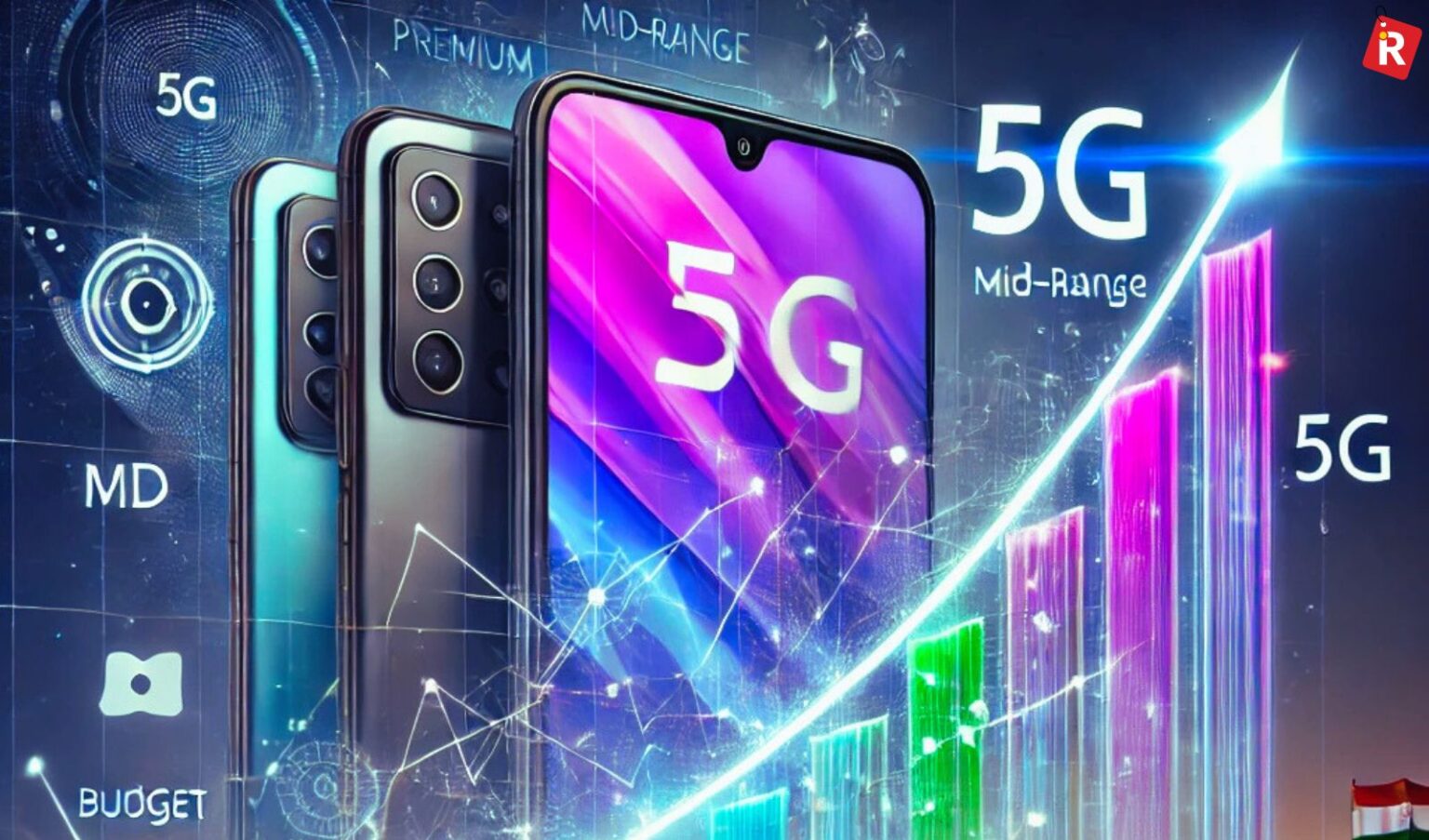Digital Lifestyle Adoption in the Gulf is transforming rapidly, with over 75% of the population in Gulf Cooperation Council (GCC) countries embracing digital habits by 2025. This remarkable shift has been driven by high internet penetration, smartphone usage, AI-based services, and proactive government initiatives promoting digital transformation.
As countries like the UAE, Saudi Arabia, and Qatar lead the charge, the region stands out globally for its fast and positive progress in embracing digital lifestyles across sectors including education, banking, retail, health, entertainment, and governance.
A Region on the Digital Fast Track

The Gulf region has shown impressive progress in digital adoption over the last few years. According to the latest regional tech index reports, digital lifestyle adoption in the Gulf crossed the 75% mark by mid-2025. This includes increased use of mobile banking, online shopping, e-learning platforms, remote work, and digital healthcare.
In the UAE, more than 93% of residents actively use mobile apps for everything from paying bills to accessing government services. Saudi Arabia has experienced a sharp surge in online education platforms, while Qatar has seen record highs in smart home device usage and digital wellness apps.
Government Initiatives Powering the Digital Push
The push toward a fully digital lifestyle in the Gulf is strongly supported by national-level initiatives. Saudi Vision 2030, UAE’s Smart Government program, and Qatar National Vision 2030 have all emphasized digital innovation and infrastructure.
Governments across the GCC are investing in AI, 5G networks, cybersecurity, cloud computing, and smart city infrastructure. In turn, these investments have enabled seamless online experiences for users across urban and rural areas alike.
One of the most impactful moves has been the digitization of government services. In the UAE, over 90% of public services are now available online. From residency permits to traffic fines, residents can now manage their lives without stepping into a government office.
Consumer Behavior is Changing Fast
Consumer behavior in the Gulf has evolved significantly due to rising digital literacy and access to high-speed internet. By 2025, digital lifestyle adoption in the Gulf is not just a trend but a lifestyle necessity.
People now expect on-demand services, personalized experiences, and seamless online transactions. This has led to a boom in sectors such as:
- E-commerce: Platforms like Noon and Amazon are seeing record sales as consumers prefer digital shopping over physical stores.
- Online Banking: Over 80% of bank customers in the region now use mobile apps to manage their finances.
- Digital Health: Telemedicine and fitness apps have become the norm, particularly after the COVID-19 pandemic.
- Streaming and Digital Entertainment: Platforms like Netflix, Shahid, and YouTube are seeing higher daily watch times across Gulf nations.
Youth and Women Drive Digital Growth
A large portion of the region’s digital growth is driven by its young population. With over 60% of the GCC population under the age of 30, tech-savvy youth are leading the way in adopting smart gadgets, online services, and social media platforms.
Women are also playing a major role in this digital shift. In Saudi Arabia, for example, women’s participation in the tech economy has nearly doubled in recent years, especially in digital entrepreneurship, content creation, and online retail.
Private Sector Fuels Innovation

Tech startups and private businesses are also contributing to the rise in digital lifestyle adoption in the Gulf. Startups offering AI-powered services, digital wallets, app-based deliveries, and cloud-based solutions have grown rapidly.
Companies like Careem, Talabat, and Fetchr have revolutionized logistics and delivery, while EdTech platforms such as Noon Academy and Abwaab are reshaping education in the region.
FinTech companies are providing new ways to bank, invest, and manage money digitally, attracting millions of new users across all income brackets.
Challenges Remain Despite High Adoption
Despite the high adoption rate, there are still challenges that Gulf nations must address:
- Cybersecurity Risks: As more personal data moves online, the risk of cyberattacks and fraud increases. Robust cybersecurity frameworks are essential.
- Digital Inequality: While urban centers enjoy high-speed internet, some rural areas still lag behind in digital infrastructure.
- Tech Fatigue and Mental Health: Overuse of digital platforms has also raised concerns about screen addiction and mental well-being.
Future Outlook: 85% Adoption by 2030
Experts predict that if current trends continue, digital lifestyle adoption in the Gulf could reach 85% by 2030. The introduction of next-gen technologies like AI, VR/AR, blockchain, and IoT will further transform how people live, work, and interact.
Governments and private players are already preparing for this future by investing in smart cities, digital education, and innovation hubs to maintain momentum.
As the Gulf becomes one of the most connected regions in the world, the digital lifestyle is no longer just an option — it is the standard.
Also Read – Lifestyle Imbalance: 7 Signs Gulf Workers Must Not Ignore



